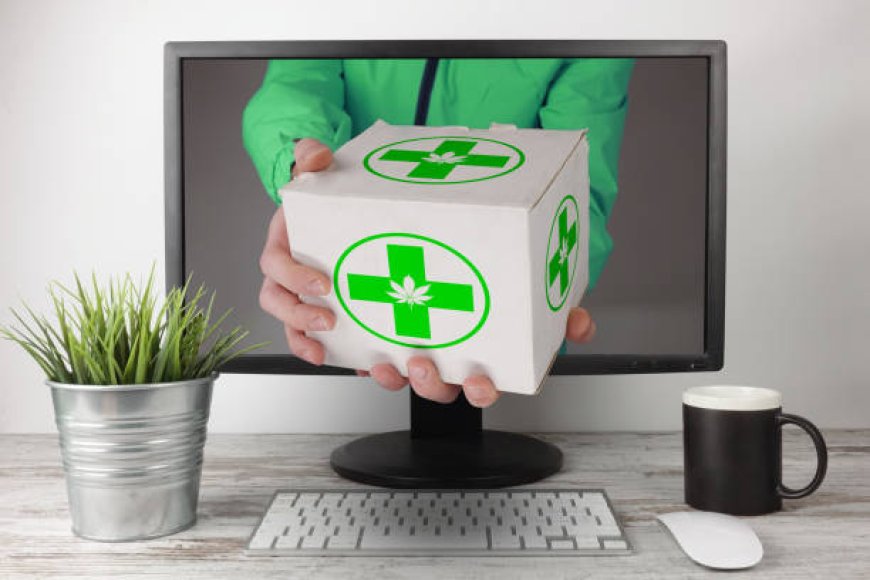Drug Delivery Systems: Revolutionizing Healthcare
Drug delivery systems (DDS) are advanced methods that enhance medication efficacy and safety by targeting precise drug release, revolutionizing healthcare with innovations like nanotechnology and smart delivery systems.

In recent years, the field of drug delivery systems (DDS) has undergone significant transformation, heralding a new era in healthcare. Drug delivery systems encompass a range of methods and technologies designed to administer medications in a way that maximizes efficacy and minimizes side effects. These systems play a critical role in modern medicine, influencing patient outcomes, treatment adherence, and overall healthcare efficiency.
What Are Drug Delivery Systems?
Drug delivery systems are complex formulations or devices that control the release of a medication to achieve therapeutic effects. Unlike traditional methods that offer a one-size-fits-all approach, advanced DDS are tailored to deliver drugs precisely where and when they are needed. They can be categorized into several types, including:
-
Oral Drug Delivery: This is the most common method, involving tablets, capsules, or liquid formulations. Innovations in this area include controlled-release and sustained-release formulations that help maintain drug levels within the therapeutic range for extended periods.
-
Injectable Drug Delivery: Includes intravenous, subcutaneous, and intramuscular injections. Modern advancements involve the development of long-acting injectables and micro-needle systems that offer patient-friendly alternatives to traditional syringes.
-
Transdermal Drug Delivery: Utilizes patches that adhere to the skin and release drugs over time. This method is ideal for medications that require a steady release rate and is less invasive than injections.
-
Implantable Drug Delivery Systems: Devices implanted within the body that release drugs at a controlled rate over a long duration. Examples include hormone implants and biodegradable drug-eluting stents.
-
Inhalable Drug Delivery: Involves inhalers and nebulizers that deliver medication directly to the lungs. This method is crucial for treating respiratory conditions like asthma and chronic obstructive pulmonary disease (COPD).
-
Ocular Drug Delivery: Specialized systems designed to administer drugs directly to the eye, either through eye drops, gels, or implants. This approach is vital for treating various eye disorders.
Innovations Driving the Future
-
Nanotechnology: Nanoparticles and nanocarriers are revolutionizing drug delivery by enabling targeted therapy at the cellular or molecular level. They enhance drug solubility, improve bioavailability, and reduce side effects.
-
Biologics and Biosimilars: Advances in biologics require sophisticated delivery systems to ensure stability and controlled release. Biosimilars, which are similar to biologics but with minor differences, also benefit from these innovative systems.
-
Smart Delivery Systems: These systems respond to physiological changes or environmental stimuli to release drugs only when needed. Examples include pH-sensitive or temperature-sensitive delivery systems.
-
Personalized Medicine: Drug delivery systems are increasingly tailored to individual patient profiles, taking into account genetic, environmental, and lifestyle factors to optimize treatment outcomes.
-
Digital Health Integration: Integration with digital health technologies, such as smart inhalers and connected devices, allows for real-time monitoring and adjustments of drug delivery, enhancing patient compliance and outcomes.
Benefits and Challenges
Benefits:
-
Enhanced Efficacy: Targeted delivery ensures that drugs reach the intended site of action, improving therapeutic outcomes.
-
Reduced Side Effects: By minimizing exposure to non-target tissues, DDS can reduce adverse effects and improve patient safety.
-
Improved Patient Compliance: Convenient delivery methods, such as extended-release formulations and non-invasive options, can enhance adherence to treatment regimens.
Challenges:
-
Complexity and Cost: The development and manufacturing of advanced DDS can be complex and costly, potentially affecting accessibility.
-
Regulatory Hurdles: Ensuring the safety and efficacy of novel delivery systems requires rigorous testing and regulatory approval, which can be time-consuming.
Conclusion
Drug delivery systems are at the forefront of medical innovation, offering new possibilities for effective and targeted therapies. As technology continues to advance, the field of DDS is set to transform the landscape of healthcare, making treatments more precise, effective, and patient-friendly. By addressing current challenges and embracing future opportunities, drug delivery systems will undoubtedly play a crucial role in improving patient care and outcomes.












